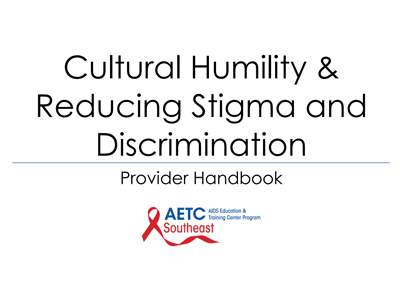Sex, gender and sexual orientation are distinct concepts, and with practice, it is easy to understand the differences between them. We also know that patients are more likely to remain engaged in care when their providers treat them with respect and dignity. Providers should have a working knowledge of the dimensions and relationship between sex and gender to treat patients with respect to their whole personhood. Complete this module to learn more about the differences between sex, gender, and sexual orientation, to hear about the impact on a patient’s experience when a provider failed to show respect based on the patient’s sexuality, and to get started with practicing gender-inclusive language in your own life.

